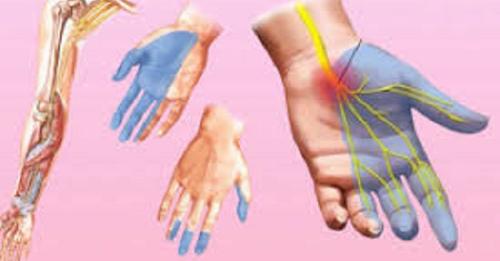The tramadol prescription painkiller that hundreds of thousands of people take each day is killing more people than any other drug, including heroin and cocaine.

The analgesic does not cause harm if it is taken correctly, but it becomes very dangerous when mixed with other drugs or alcohol. Last year there were 33 deaths in Northern Ireland related only to Tramadol. Among the dead was a 16-year-old girl and a 70-year-old retiree. The opioid-based medication is used to treat moderate or severe pain and should only be taken with a prescription. In 2014 it was classified as an illegal class “C” opioid drug that can not be dispensed without a prescription.
The problem is that many people are already addicted to Tramadol and are turning to the black market to obtain it because they can not get more prescriptions for having finished their treatment or because their doctor has prescribed another medication.
“Being a medication so commonly used and so prescribed, I do not think people realize the potential risk they have when they take Tramadol without medical supervision,” explains Professor Jack Crane, a pathologist from the State of Northern Ireland.
Crane requires that the Tramadol classification be updated again so that it is updated to class “A”.
Pain management: tolerance and addiction
Some medications used to treat pain can be addictive. Addiction is different from physical dependence or tolerance. In cases of physical dependence, withdrawal symptoms occur when a substance is suddenly suspended. Tolerance occurs when the initial dose of a substance loses its effectiveness over time. Addiction is a psychological and behavioral response that some people develop with the use of narcotic pain medications.
People who take opioid medications over a long period of time may develop tolerance and physical dependence, although this does not mean they are addicted. In general, addiction occurs only in a small percentage of people when narcotics are used with adequate medical supervision.
Opioid analgesics with effects similar to those of opium or morphine, can be very addictive and work by adhering to the receptors in the brain, which blocks the sensation of pain.
They should not be used for more than 3 or 4 months, unless it is done under the direct supervision of your doctor.
Some names of opiate drugs:
- Codeine.
- Fentanyl
- Hydrocodone.
- Hydromorphone
- Meperidine
- Morphine.
- Oxycodone
- Tramadol



